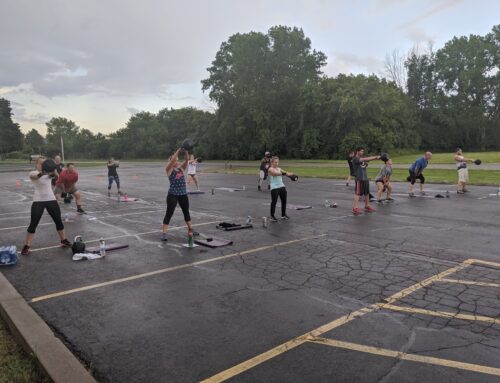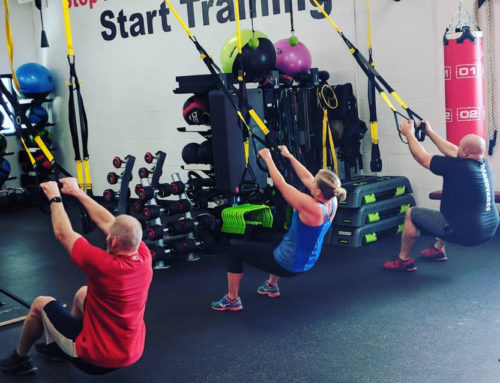Children and adolescents need to participate regularly in physical activities that enhance and maintain cardiovascular and musculoskeletal health. While boys and girls have traditionally been encouraged to participate in aerobic training and strength building activities, a growing number of children and adolescents are experiencing the benefits of plyometric training. Plyometrics refer to exercises that link strength with speed of movement to produce power and were first known simply as “jump training.”
Current research has underscored the potential benefits of plyometric training for school-age youth. Previously thought of as a method of conditioning reserved for adult athletes, plyometric training can be a safe, effective and fun activity for children and adolescents provided that the program is properly designed, sensibly progressed and supervised by qualified professionals.
Benefits of Plyometric Training
. Conditions the body through dynamic, resistance exercises which include hops and jumps that exploit the muscles cycle of lengthening and shortening to increase muscle power.
. It helps to condition the nervous system to react more quickly to the stretch-shortening cycle that occurs during different explosive movements.
. Enhances a child’s ability to increase speed of movement and improve power production.
. Regular participation in a plyometric training program helps to strengthen bone and facilitate weight control.
. Well-rounded training programs that include plyometric training have been found to decrease the risk of sports-related injuries.






